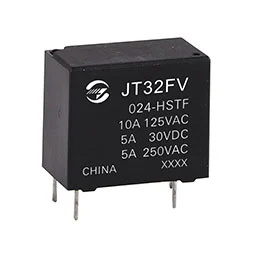 |
|
|
Child clothing
Subminiature Intermediate Power Relay
|
|
This page is about importers and exporters of Subminiature Intermediate Power Relay Search in a category : Child clothing Search in a category : subminiature, relay, intermediate, power |
Wednesday, September 14, 2016
Quantity : 5000 - Price : 50,00 €
Long life-Heavy Duty Bellows Seal Stop Valves DIN Standard Long Life-Heavy Duty Bellows Sealed Stop Valves DIN Long life bellows Seal Stop Valve DIN Long life bellows globe valve DIN Long bonnet bellows globe valve DIN Faltenbalgventil lange Bauform DIN Válvulas de fuelle de...
ETM Armaturen
- 59590 - Henri Durre
- 86 577 67953935
Tuesday, December 23, 2025
Quantity : 10000 - Price : 5€
Silicone Sucker Waterproof Bluetooth Speaker Material: Silicone gel USB Cable Length: about 76cm Item Dimension: about 62 x 62 x 61 mm Package Dimension: about 211 x 175 x 51 mm Parameters: 1. Buttons/Interfaces: ON/OFF Button, Micro USB Interface, play/pause, Next and Previous...
MaciMax intelligent téléphone accessoires grossiste
- hjb810410
- 13004 - Marseille
- 04 91 92 53 77
Saturday, April 18, 2015
Quantity : 100000 - Price : 200 per pallet
With so many of today's products (whose performance is little more than a claim based on hype) leaving consumers feeling cheated, it is the symbol of the horse has represented power and strength the world over for centrauries and provides the foundation uon which our brand is built...
Beverages Supplies Inc
- 00237 - Limbe
- +237661757711






